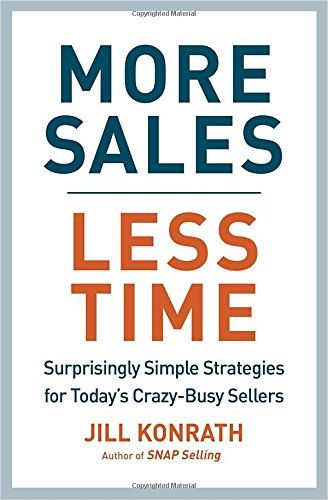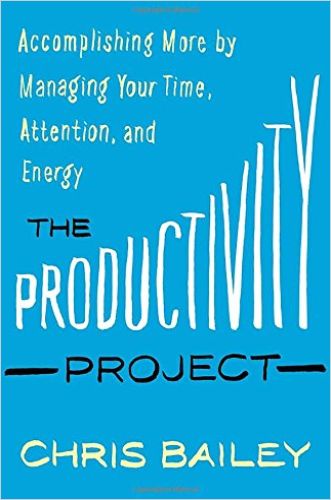How to Manage Your Time Using the Pomodoro Technique

Different people swear by different time management systems, but the Pomodoro technique, invented by Francesco Cirillo (and named for his tomato-shaped timer), is perhaps the most well-known. Pomodoro allows you to face the onslaught of your daily tasks with the no-nonsense precision of a ninja. When life pelts you with lemons, get ready to make lemonade. Or, since “pomodoro” is Italian for “tomato,” maybe “turn tomatoes into tomato juice” is more apt. When you have to schedule your time tightly to get everything done, Pomodoro is the superjuicer of time management tactics. You just have to ask yourself one question: What do I need to do for the next 25 minutes?
1. Learn the Technique
Each “pomodoro” is a 25-minute session. The method is quite simple:
- Select your task.
- Write it down in the log you keep to track your time.
- Set a timer for 25 minutes.
- Work only on the selected task during that session, or pomodoro.
- Stop after 25 minutes.
- Take a five-minute break.
During your break stretch or do something unrelated to your task. This helps you assimilate the work you just accomplished. You can spend another 25-minute block on the same task or switch tasks. Just beware there is a loss of momentum when you switch tasks that may make it more worthwhile to just push through another few sessions working on the same task.
Four pomodoros comprise a set, after which you take a longer break, between 20 and 30 minutes. As in meditation, just bring your attention back to your short-term session goal should it wander. As author Julia Horvath points out in How to Make Working from Home Work for You, the beauty of the Pomodoro technique is it’s really easy to commit to another 25 minutes – anyone can do just about anything for 25 minutes.

Get fussy with your time. Always look for ways to optimize and simplify it. But beware of turning yourself into a productivity robot.
Jill Konrath
2. Establish Your Priorities
The method is deceptively simple. While knowing the rules means you can play, like chess or go, mastery takes practice. Organize your sessions in terms of your priorities. In More Sales, Less Time, author and sales strategist Jill Konrath counsels salespeople to lean into the Pomodoro technique to hone their focus in the face of constant distractions. Start and end each day thinking about your top-line tasks.

Integrate the Pomodoro technique with other scheduling hacks. Sara Kupfer offers helpful tips about prioritizing tasks in her article “How to Structure Your Day.” Follow solopreneur Sarah Townsend’s advice from Survival Skills for Freelancers to minimize distractions and stay focused like setting up a dedicated workspace.

3. Play to Your Strengths
Consider not just your time, but your typical energy and attention levels, says author Chris Bailey in The Productivity Project. Schedule high-reward tasks when you have the most energy and attention for them; cut down on low-reward tasks. Unexpected things come up all the time, so think about how you use your brain for work and what tasks require maximum mental focus.

The sooner you integrate essential tasks into your daily routine, the sooner they become automatic, at which point they require less effort to maintain and feel less painful to accomplish.

Have a plan to deal with procrastination; author Damon Zahariades offers 21 tactics. Remember, delaying tasks means you’re assigning them to your future self. “Eat the frog” means jumping on the task you least want to do first. It makes the rest of the day a breeze in comparison.
It’s difficult to be productive when you try to cram as much into your day as possible, because you’ll inevitably create a mental logjam as unexpected tasks crop up.
Chris Bailey
4. Schedule Free Time Too
As Lauren Berger points out in Get It Together, it’s important for creativity and for relieving stress to have free time and practice self-care. Make sure you get it by including downtime in your schedule.

If you set boundaries on your work hours, your body and brain will have the chance to rejuvenate so you’re ready once again for peak performance at work.
The more we try to be everything to everyone, the more we find ourselves constantly falling short of our own expectations and accomplishing nothing.
Lauren Berger






